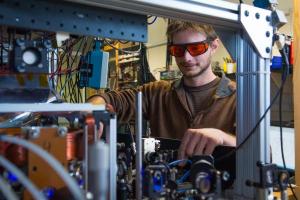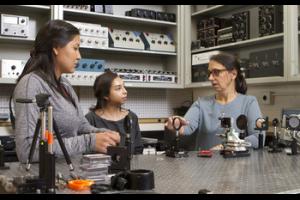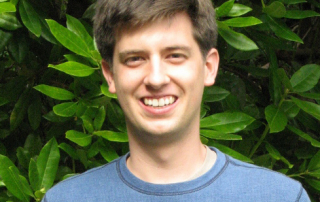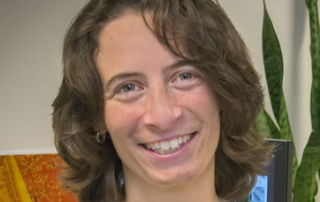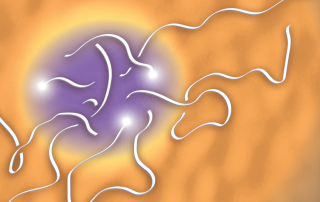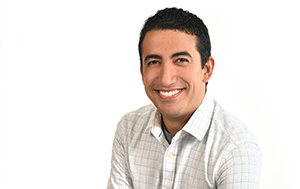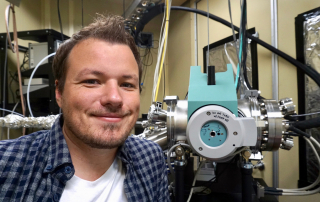JILA, CIRES, NOAA researchers honored with 2018 Governor’s Awards
Murnane, Kapteyn and their colleagues from JILA, a joint-institute of CU Boulder and the National Institute for Standards and Technology (NIST), earned a nod for their years of efforts to wrangle X-ray light.
The group debuted the world’s first tabletop X-ray laser in 2007. Today, these devices can shoot out pulses of radiation at a millionth of a billionth of a second—fast enough for scientists to image molecules in the act of forming and breaking chemical bonds. In addition to peering at the workings of atoms, such lasers may also enable new types of semiconductors and medical technologies like CT scans.
To commercialize their inventions, Murnane and Kapteyn launched the company KMLabs in the 1990s. The husband and wife team also help to lead the STROBE National Science Foundation Science and Technology Center. Among other activities, STROBE supports undergraduate students at six universities, including CU Boulder, to “advance imaging science and technology and build the microscopes of the future.”
“The quantum technologies and microscopes that the STROBE team and our group are developing are allowing us to understand how advanced materials work—the materials that will be used for next-generation energy-efficient and lightweight nanotechnologies,” said Murnane and Kapteyn, both professors in the Department of Physics. “We are also passionate about growing high-tech employment opportunities in Colorado.”
